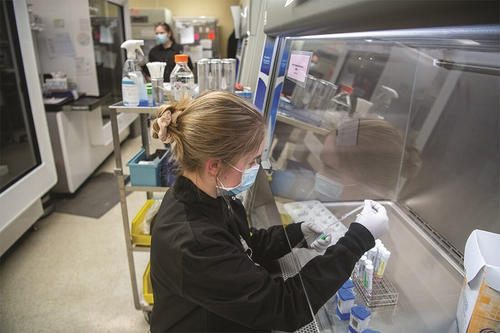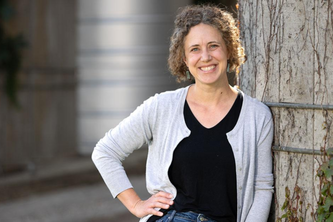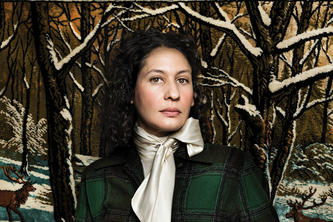
Last January, Hannah George ’19 started a career as a medical laboratory scientist at the U of M’s Infectious Disease Diagnostic Laboratory at Fairview M Health. Little did George know that within a month of starting the job, she’d be playing a key role in Minnesota’s response to the COVID-19 pandemic.
The skills she’d mastered through the U of M’s Medical Laboratory Sciences Program prepared her to do microbiology testing for a number of infectious diseases. In her new position, she read cultures and performed polymerase chain reaction (PCR) tests, which amplify small sections of a person’s DNA to find anything from a virus to a genetic disorder.
As part of her work testing patients for COVID-19, George logs whether Fairview patients are symptomatic and then categorizes other important information, such as whether or not they are scheduled for surgery or are pregnant. She then performs PCR tests to identify if a patient has the virus.
“[At the start of the pandemic] we were doing COVID testing basically our entire shifts,” she says. “That put it into perspective how big and serious this is.”
The Medical Laboratory Sciences Program was established in 1922 and attracts racially diverse students: For each of the past three years, 42 percent of students have identified as Black, Indigenous, or people of color, and it is especially popular with first-generation college students.
“We are the hidden health care profession,” says Janice Conway-Klaassen, associate professor and director, who notes that laboratory scientists make up the third largest category of medical professionals after doctors and nurses.
The degree is an upper division undergraduate program. For the first two years, students take courses that are similar to those for a biology degree. The last four semesters focus on courses specific to the field. In addition, the degree requires a semester in clinical training in a hospital or research laboratory to get hands-on experience.
The real-life training makes graduates highly employable, especially in Minnesota, where there is a shortage of laboratory scientists.
“The program coordinates your clinical rotations at a hospital while you are still a student,” says Kylie Labog ’18. “That appealed to me because internships and clinical rotations were very competitive and hard to get into.”
Today, Labog works as a medical technologist in an infectious disease lab at the Hennepin Healthcare Research Institute.
Students often use the degree as a steppingstone to medical school, veterinary school, nursing school, or dental school.
“We’re not seeing the patient face to face, but we may be treating or informing the treatment of 700 or 800 patients a day,” says Conway-Klaassen. “Laboratory scientists are critical to the proper treatment, diagnosis, and management of patients on an everyday basis. If laboratory testing is not accurate and timely, then physicians are making decisions that are ill-informed.”
-------
This story was adapted from the U of M Alumni Association's Minnesota Alumni magazine.





